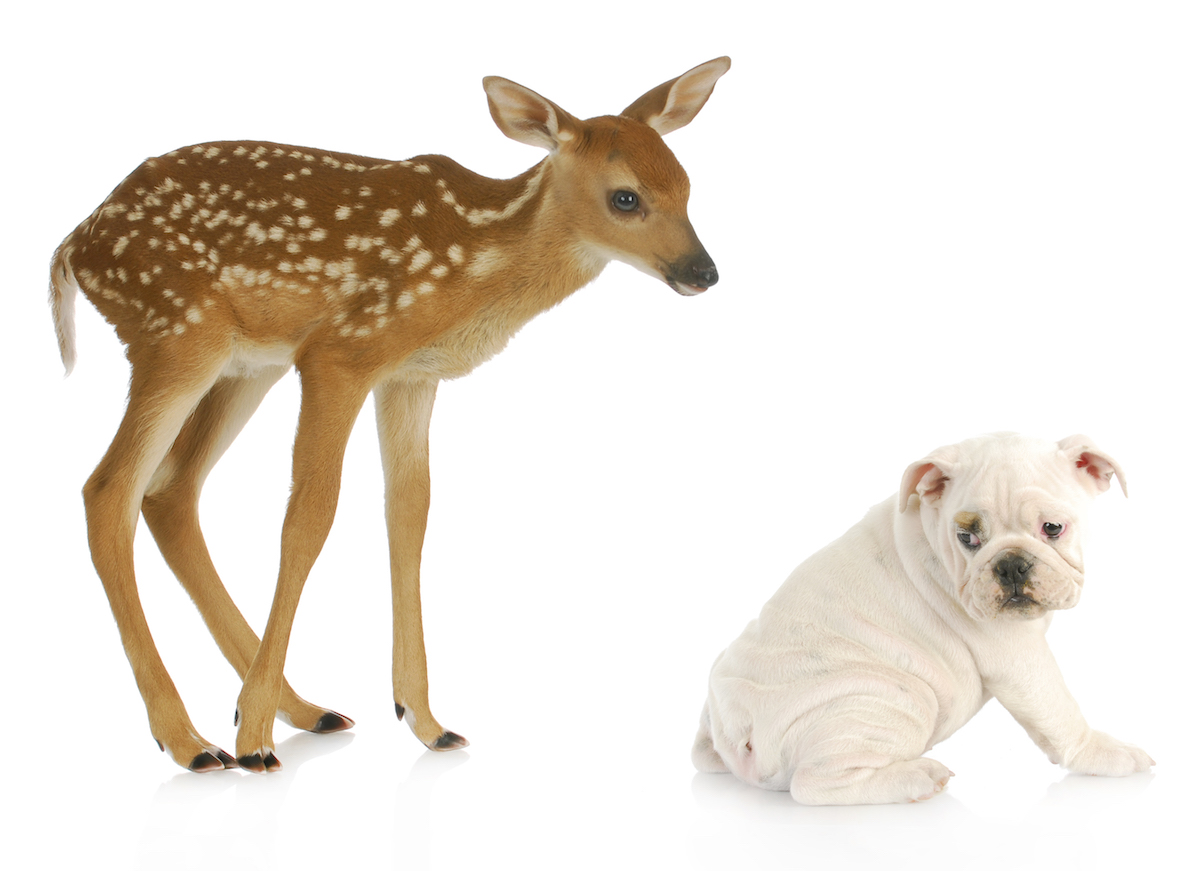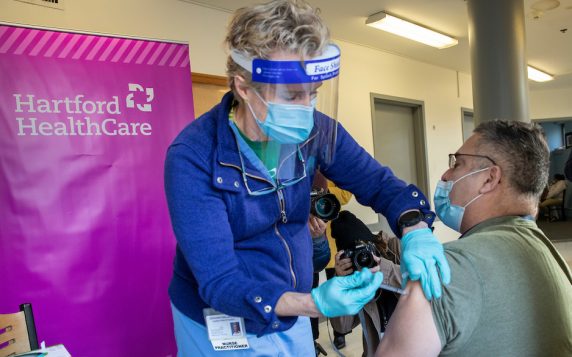Until proven otherwise, the Centers for Disease Control and Prevention says the virus that causes COVID-19 likely originated in bats. An inconclusive report by U.S. intelligence agencies this week added no clarity.
But what about humans spreading the virus to animals, even household pets?
Yes, human-to-animal transmission happens. The Department of Agriculture’s Animal and Plant Health Service recently found COVID antibodies in serum samples of free-ranging white-tailed deer populations in New York, Pennsylvania, Illinois and Michigan. (There have been no reports of virus exposure among Connecticut’s white-tailed deer populations.)
In the USDA study (click here), one-third of the deer tested had COVID-19 antibodies. None of the deer showed signs of illness. The study, USDA researchers said, was designed to establish the deer’s exposure to the virus in their natural environment — not if COVID-19 was replicating and spreading.
The results might surprise most of us, but not the scientists. The 30 million white-tailed deer across the country are vulnerable to the virus and they also come in contact with humans. And more than one-third of Americans have had COVID-19. But the risk of transmission from animals to people remains low, says the CDC.
Although evidence suggests a human spread to the deer population, the USDA study did not conclusively draw that connection:
“We do not know how the deer were exposed to SARS-CoV-2 (the virus that causes COVID-19). It’s possible they were exposed through people, the environment, other deer or another animal species.”
The CDC also has reported COVID-19 infections among:
- Pet cats and dogs, even one ferret.
- Animals in zoos and sanctuaries. Among them: big cats, otters and non-human primates.
- Mink on mink farms.
As fall approaches, the human-to-human world refocuses on its regimen of hand-washing, masks and social distancing — because it works. This all-purpose formula can help you avoid getting sick during the cold-flu-COVID season.
“Like influenza and COVID-19, colds spread through the air via droplets expelled when a person sneezes or coughs,” said Dr. Virginia Bieluch, Chief of the Division of Infectious Diseases at The Hospital of Central Connecticut.
Some viruses that cause colds such as rhinoviruses and respiratory syncytial virus (RSV), says Dr. Bieluch, can survive longer than the virus that causes COVID-19 on doorknobs, computer keyboards, elevator buttons and other hard surfaces.
These germs may even be able to survive a swipe with a disinfecting wipe, she said: “If you touch this contaminated surface and then touch your mouth, nose or eye you can develop a cold.”



